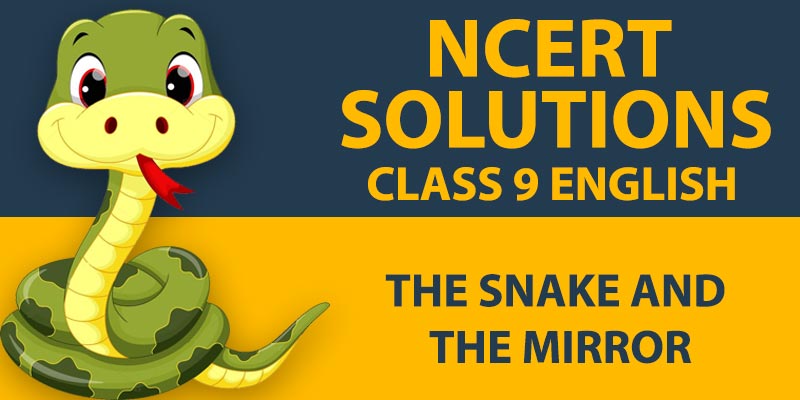NCERT QUESTIONS AND ANSWERS
1.Mark the following statements as true or false.
(i) Statistics can only deal with quantitative data.
Ans. False
(ii) Statistics solves economic problems.
Ans. True
(iii) Statistics is of no use to Economics without data.
Ans. True
2.Make a list of activities in a bus stand or a market place. How many of them are economic activities?
Ans. The activities that constitute the ordinary business of life are:
→ Buying of goods and services.
→ Rendering services to a company by employees and workers.
→ Selling of goods and services.
Yes, the above mentioned activities are regarded as economic activities as it involve the exchange of money to earn livelihood.
3.‘The Government and policy makers use statistical data to formulate suitable policies of economic development’. Illustrate with two examples.
Ans. The data is important for Government and policy makers to formulate suitable policies of economic development. It not only helps in analysing and evaluate the outcomes of the past policies but also assist them to take corrective measures and to formulate new policies accordingly. It is clear from examples –
(i) It can be ascertained easily by using statistical techniques whether the policy of family planning is effective in checking the problem of rapidly growing population.
(ii) In preparing annual government budget, previous data of government expenditures and government revenues are taken into consideration for estimating the allocation of funds among various projects.
4.“You have unlimited wants and limited resources to satisfy them.” Explain this statement by giving two examples.
Ans Every individual have unlimited wants but the resources for satisfying the wants are limited. Scarcity is the root of all economic problems. Had there been no scarcity, there would have been no economic problem. This can be understood by examples
(i) A children pocket money is a limited so he/she have to choose only those things that you want the most. You can’t purchase almost all the things you wants.
(ii) A land available should be put in use either in agricultural or industrial. We can’t use same land for both activities
5.How will you choose the wants to be satisfied?
Ans. Any individual fulfills his/her wants according to his/her needs, satisfactions and priority attached to different wants. Moreover, the choice of want also depends on the need of the hour and availability of the goods and also on the availability of means (money) to purchase that want.
6.What are your reasons for studying Economics?
Ans. The reasons for studying economics are:
→ To study the Theory of consumption: We want to know how the consumer decides, given his income and many alternative goods to choose from, what to buy when he knows the prices.
→ To study the Theory of Production: We also want to know how the producer, similarly, chooses what to produce for the market when he knows the costs and prices.
→ To study the Theory of Distribution: We want to know how the national income or the total income arising from what has been produced in the country is distributed through wages (and salaries), profits and interest.
→ The study of economics also helps us to understand and analyse the root cause of basic problems faced by an economy like, poverty, unemployment, income disparity, etc. and helps to take various corrective measures.
7.Statistical methods are no substitute for common sense. Comment with examples from your daily life.
Ans. This is true that Statistical methods are no substitute for common sense. Statistical data should not be believed blindly as it can be misinterpreted or misused. The statistical data may involve personal bias or may undergone manipulations. Also, statistical data and methods fail to reveal the errors committed by an investigator while surveying and collecting data. This can be understood by a story.
It is said that a family of four persons (husband, wife and two children) once set out to cross a river. The father knew the average depth of the river. So he calculated the average height of his family members. Since the average height of his family members was greater than the average depth of the river, he thought they could cross safely. Consequently some members of the family (children) drowned while crossing the river. Thus, the common sense must be used while applying statistical methods.





